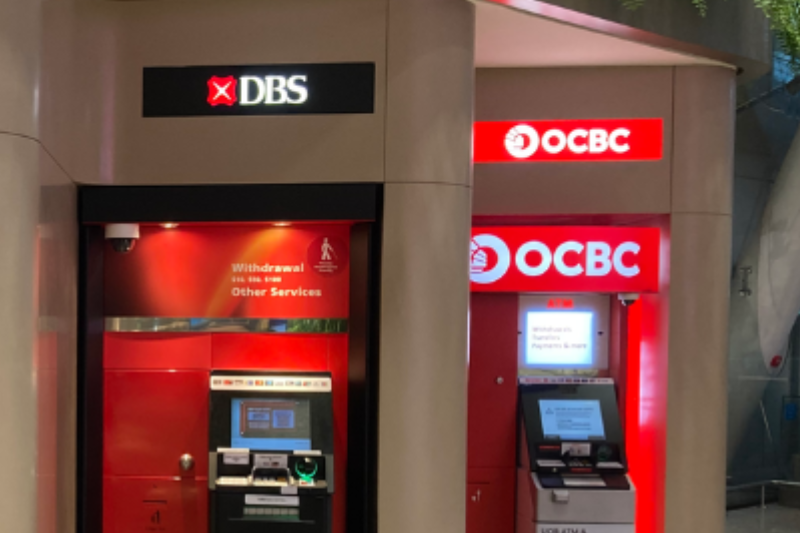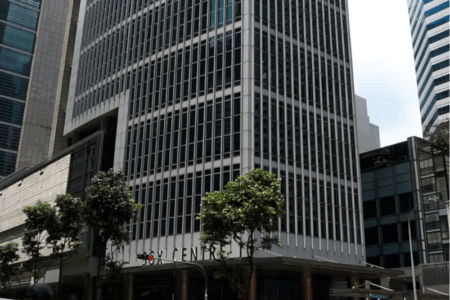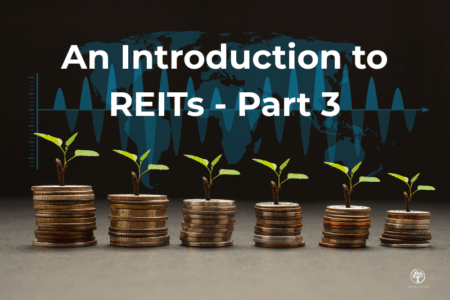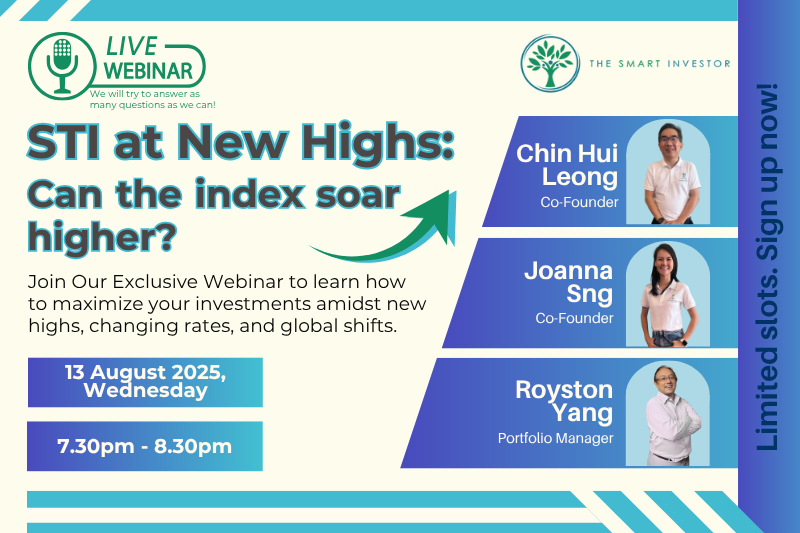The Federal Reserve lowered interest rates on 17 September 2025, ushering in a new cycle of rate cuts.
Banks, which have prospered in a world of higher rates, will see a reversal of fortunes as margins compress.
How will DBS and OCBC fare in this new environment?
Let’s find out.
DBS: Resilient even as rates fall
Let us start by examining DBS Group Holdings Ltd (SGX: D05), or DBS, the largest Singapore bank.
DBS stands out with its strong diversification across net interest income (NII), fees, and wealth management.
Falling interest rates usually cause banks to earn less from their loan-deposit spread, but DBS’s NII remains stable.
In its latest earnings (2Q2025), the bank reported NII of S$3.6 billion, up around 2% year-on-year (YoY).
This gain was due to DBS’s ability to grow its deposit book (up 4% YoY for 1H2025) and its proactive hedging of lower rates.
Net interest margin (NIM), the loan-deposit spread for a bank, was 1.95% as of the end of July, down from 2.05 in 2Q2025.
Management expects this downtrend to continue.
However, NII for 2025 is still expected to be higher YoY.
DBS earnings are likely to remain well supported by its fee income business as well as its steady loan growth.
For 2Q2025, fee income increased 10.4% YoY to S$1.4 billion, representing 24.3% of its total income.
Wealth management shines, surging 25.3% YoY to S$649 million, contributing a significant bulk of its fee income (46.5% of fee income).
The continued growth of DBS’s fee income business, led by wealth management, coupled with the steady growth in DBS’s loan book (up 3% YoY for 1H2025), diversifies earnings from NIM.
DBS’s dividends remain robust, having declared a S$0.75 dividend per share for 2Q2025.
This payout consists of S$0.60 in ordinary dividends, increasing 11% YoY, and S$0.15 in capital return dividends.
Management guided for an 11% YoY increase for its ordinary dividend to S$0.66 per share for 4Q2025.
OCBC: More pressure from lower rates
On the other hand, Oversea-Chinese Banking Corporation Ltd (SGX: O39), OCBC, the oldest bank in Singapore, might find the new environment more challenging.
NII for its latest quarter (2Q2025) disappointed investors, declining 6% YoY and 3% quarter-on-quarter (QoQ) to S$2.28 billion (64.4% of total income).
With NIM for 2025 expected to be within 1.90% to 1.95%, management expects NII for the full year to decline YoY.
Making matters worse, OCBC’s insurance arm, Great Eastern (SGX: G07), adds volatility in this environment of lower rates.
Contributing 6.4% of 2Q2025’s total income, insurance contributions from Great Eastern declined 23.1% YoY.
This is due to the mark-to-market impact of the decline in interest rates on the valuation of insurance contract liabilities.
A bright spot for OCBC is its projected growth of around 5% YoY in its loan book for 2025.
OCBC slashed its interim dividend for 1H2025 to S$0.41 per share, representing a 6.8% decline YoY, a stark contrast compared to DBS.
Comparison: Valuation, Yields, and Exposure
DBS appears to be more attractive than OCBC based on current fundamentals.
But are their current valuations a bargain?
Let us take a look at their valuation multiples assuming a share price of S$54.80 for DBS and S$16.91 for OCBC:
- DBS:
- Trailing price-to-book (P/B) ratio: 2.3 times
- Historical P/B ratio average (last three years as at 31/12): 1.57 times
- OCBC:
- Trailing P/B ratio: 1.30 times
- Historical P/B ratio average (last three years as at 31/12): 1.1 times
DBS’s annual dividend yield, accounting for only the ordinary dividends, is 4.2%.
OCBC, on the other hand, sports a dividend yield of 4.8% based on ordinary dividends.
So what have we learnt?
DBS’s fundamentals are superior compared to OCBC but DBS’s current valuation is priced at a premium, with a P/B ratio more than 41% higher than its three-year average.
Meanwhile, OCBC’s valuation seems more attractive with its forward P/B roughly 16% higher than its three-year average.
Other than Singapore (45.0% of total exposure1), DBS has significant exposure to Greater China (26.5%) and the Rest of the World (19.7%). South and Southeast Asia represent only 8.8% of DBS’ total loans.
DBS has three main business segments: consumer banking /wealth management, institutional banking, and market trading.
For 2Q2025, DBS’s main income still comes from NII at 63.1%, while fee income makes up 21% of total income.
OCBC, like DBS, has Singapore as its biggest market (42.8%).
However, OCBC has greater exposure to Southeast Asia (13.7%) of total exposure.
Greater China makes up 21.6% of total exposure, with the rest of the world rounding things off at 22.0%.
OCBC has four main business segments: Global Wholesale Banking, Global Consumer/Private Banking, Global Markets, and Insurance.
Similarly, OCBC’s NII is the main bulk of its total income at 64.3% of total income.
However, investors should note that OCBC’s non-interest income business is growing more slowly compared to DBS’s at 5% YoY.
1 Total Exposure refers to the percentage of total loans by geography
What this means for investors
DBS offers stronger diversification and resilience to lower rates due to the strength of its fee income business, led by its wealth management segment.
However, at current prices, the upside might be fully priced in.
DBS must continue to manage its NII, and fee income must continue growing to counteract against lower rates.
OCBC faces more margin pressure but could appeal to investors seeking value given its current valuation compared to the historical average.
However, near-term performance might be rocky given its declining NII, coupled with its insurance arm further dragging down earnings.
Both remain dividend anchors, but their near-term performance could diverge as rates decline.
Get Smart: The Interest Rate Cut Test
Rate cuts will test Singapore’s banks, and not all will respond in the same manner.
For investors, the choice between DBS and OCBC depends on whether you prefer resilience and growth (DBS) or value and insurance exposure (OCBC).
However, investors should also be mindful of valuations; yes, DBS looks attractive, but is it already fully valued?
Meanwhile, OCBC’s fundamentals might be worse, but it is priced at a more attractive valuation.
Don’t let market uncertainty hijack your financial dreams. While headlines scream gloom, 5 Singapore companies have been quietly building wealth and paying reliable dividends. You’re probably overlooking them. Discover these resilient giants and their secrets to sustained income, even through global storms. Click here to download your free report now and secure your financial future!
Follow us on Facebook, Instagram and Telegram for the latest investing news and analyses!
Disclosure: Wesley does not own shares in any of the companies mentioned.





